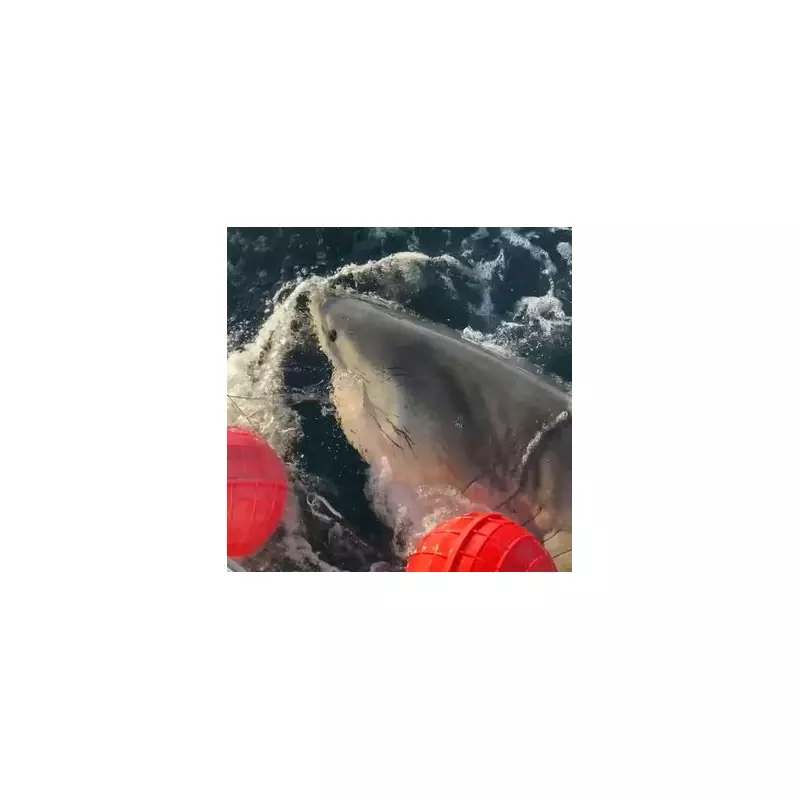
In an extraordinary marine discovery that has sent waves through the scientific community, Deep Blue - widely regarded as the largest great white shark ever documented - has been spotted once again, this time in completely unexpected waters.
The Gentle Giant Returns
This magnificent predator, measuring an astonishing 20 feet in length and weighing approximately 2.5 tonnes, has been captivating researchers and marine enthusiasts since her first identification in 2013. Her recent appearance has provided scientists with invaluable new data about the migration patterns and behaviour of these often-misunderstood creatures.
More Than Just a Predator
What makes Deep Blue particularly remarkable isn't just her impressive size, but her surprisingly gentle nature around humans. Marine biologists have observed her interacting calmly with divers, challenging the aggressive stereotype often associated with great white sharks.
Key characteristics that make Deep Blue unique:
- Estimated age between 50-60 years, making her one of the oldest great whites known to science
- Distinctive markings and scars that tell the story of her long life in the ocean
- Surprisingly docile behaviour around human observers
- Vital role in maintaining marine ecosystem balance
Conservation Significance
Deep Blue's continued survival represents a major victory for shark conservation efforts. As great white populations face numerous threats including habitat loss and fishing pressures, her longevity demonstrates the success of protective measures and changing public attitudes toward these essential ocean predators.
Marine researchers emphasise that each sighting of Deep Blue provides crucial information that helps shape future conservation strategies and deepens our understanding of these magnificent creatures' role in maintaining healthy ocean ecosystems.





